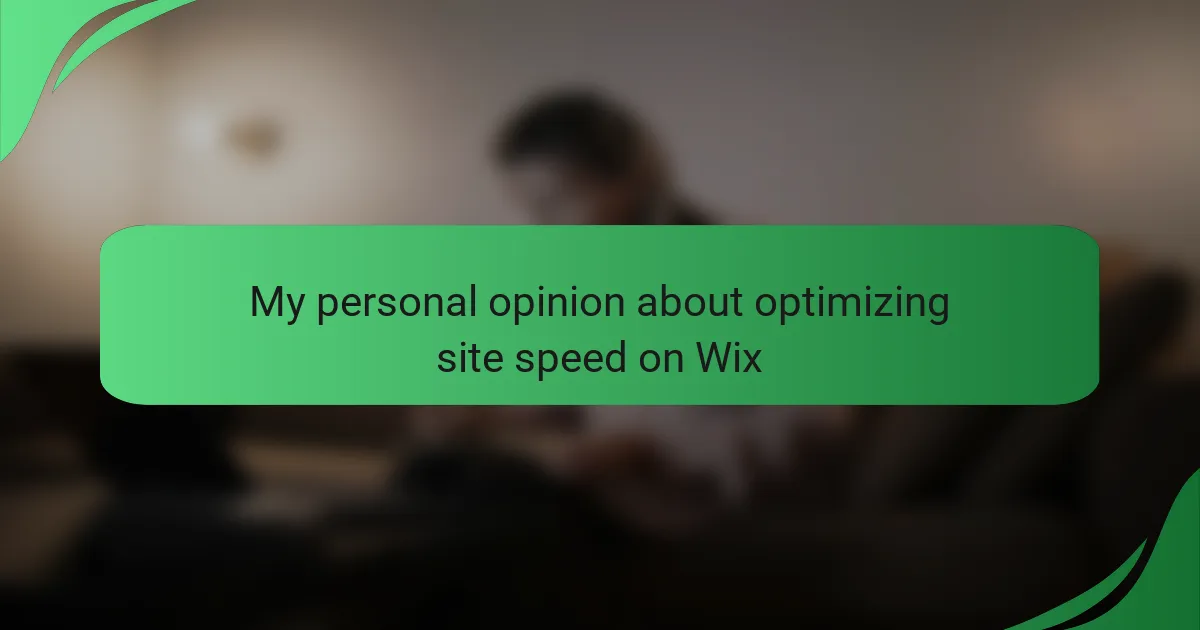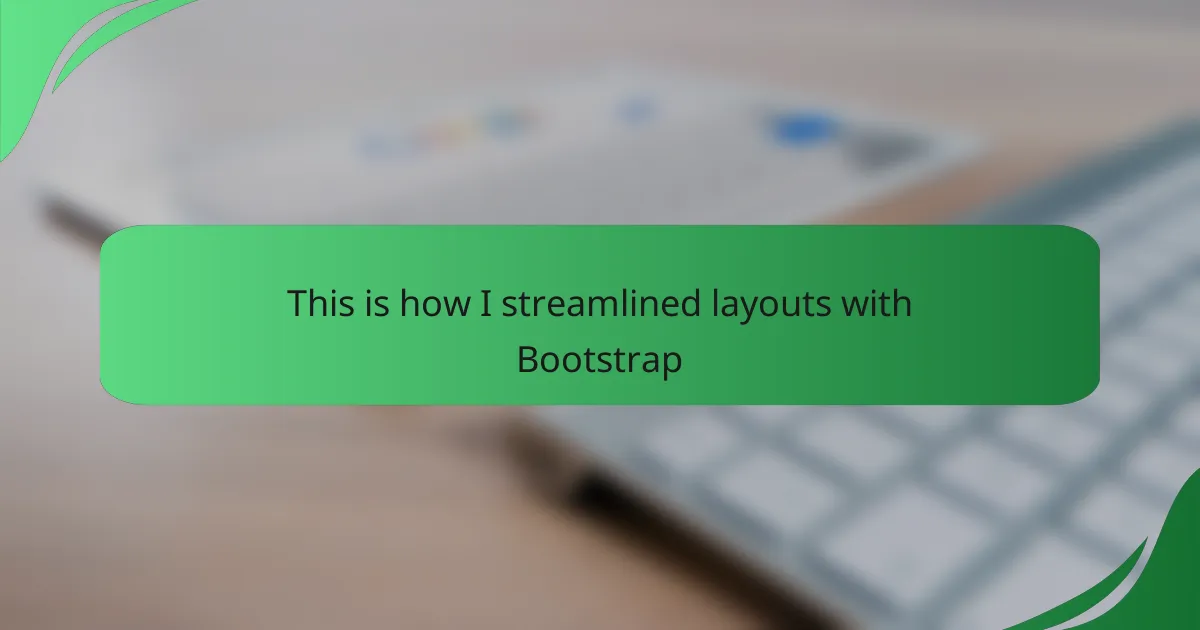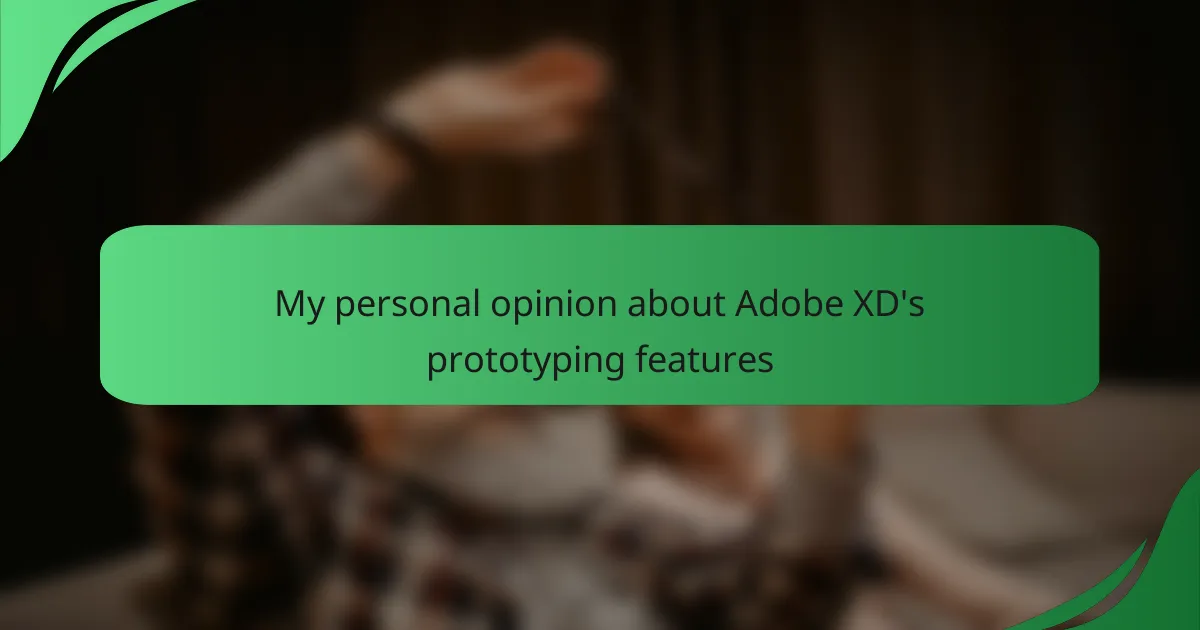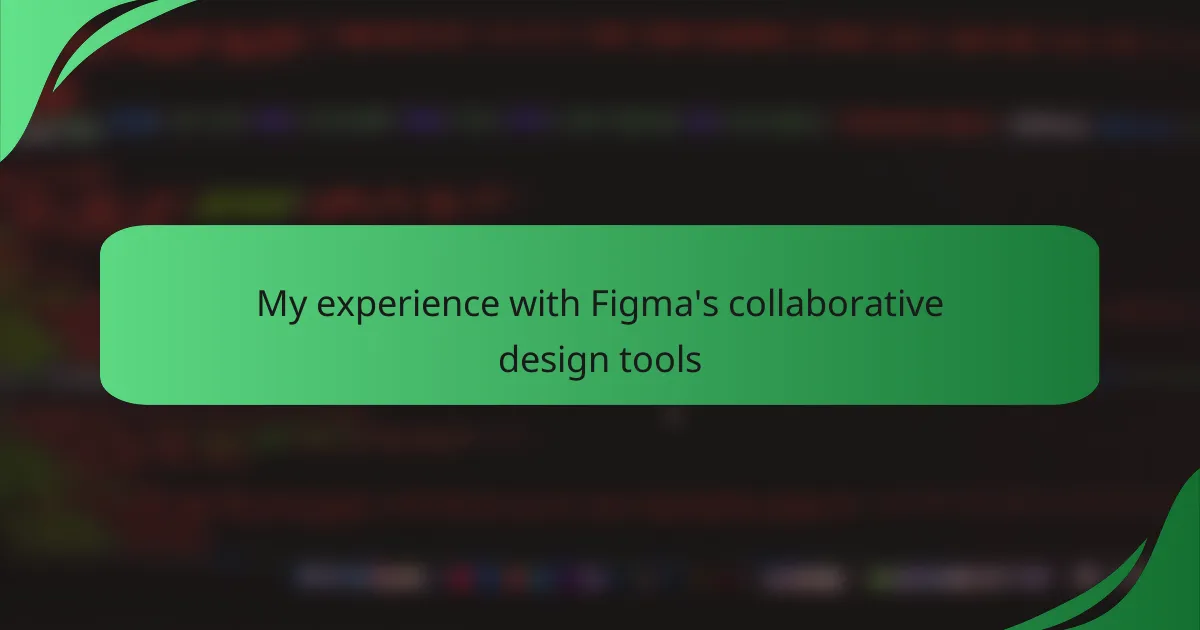Key takeaways
- Site speed optimization enhances user experience, retention, and engagement on platforms like Wix.
- Small changes, such as compressing images and enabling caching, significantly improve loading times and site performance.
- A balance between aesthetic design and functionality is crucial for maintaining user satisfaction while optimizing speed.
- Understanding and managing features like apps and caching can lead to meaningful improvements in site performance.
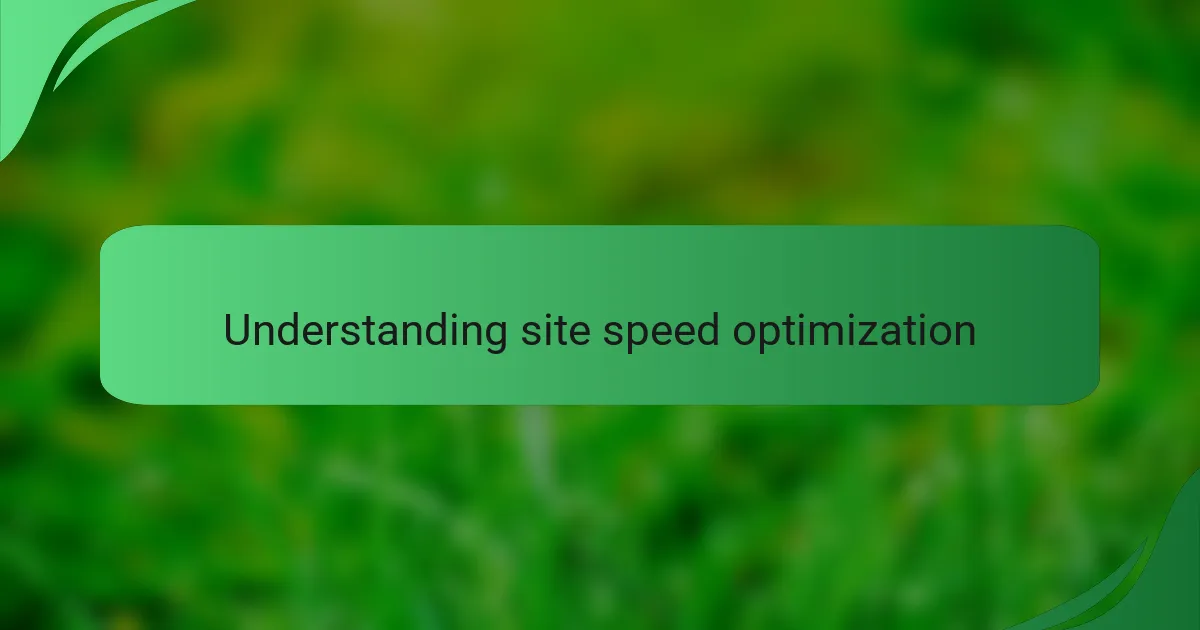
Understanding site speed optimization
Understanding site speed optimization is essential for enhancing user experience. When I first started optimizing my Wix site, I quickly realized how site speed directly impacts visitor retention and engagement. A slow-loading page can lead to frustrated users, which is something I experienced firsthand when I lost visitors simply because my site took too long to load.
Optimizing site speed isn’t just a technical task; it’s about creating a seamless experience for users. I found that even small changes, like compressing images or using lightweight themes, could make a significant difference in how quickly pages load. It’s fascinating how every millisecond counts in the digital age, and I learned to appreciate the urgency of delivering content promptly.
Here’s a quick comparison between various elements that can impact site speed on Wix:
| Element | Impact on Speed |
|---|---|
| Image Size | Large images can slow down loading times considerably |
| Page Design | Complex designs with heavy elements can increase load times |
| Apps and Widgets | Excessive use can lead to performance lags |
| Caching | Enabling caching can significantly improve speed |
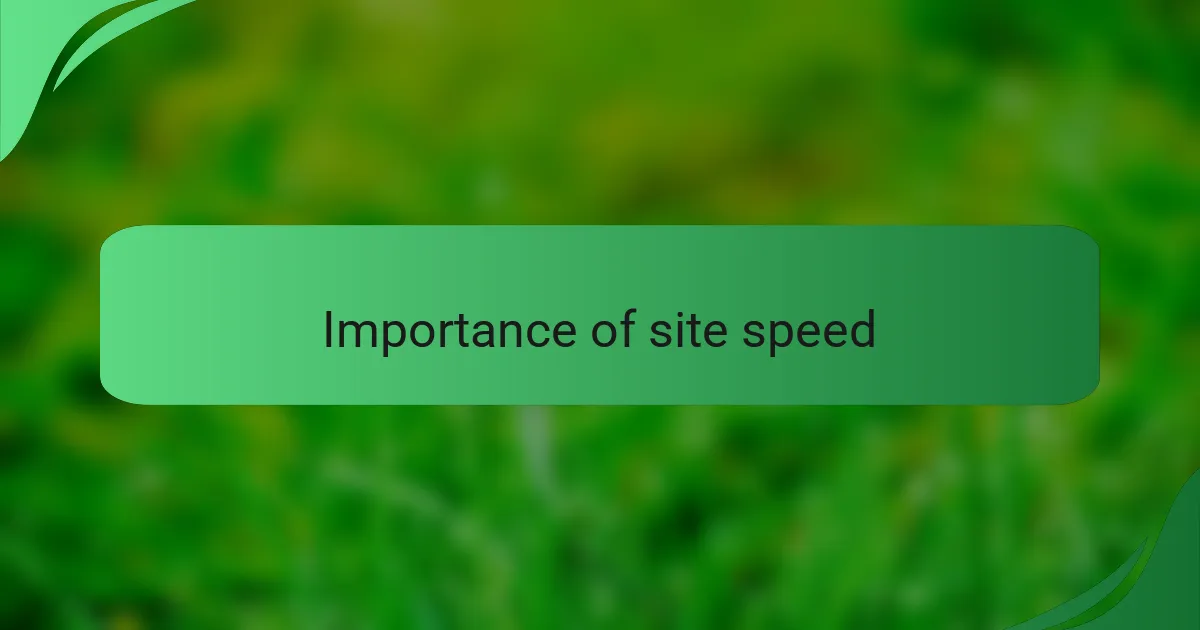
Importance of site speed
Site speed is crucial because it can make or break the user experience. I’ve seen firsthand how a mere delay of a few seconds can lead to an alarming drop in user engagement. When I was experimenting with my site, I found that even slight improvements in load time bolstered my visitors’ interaction significantly. It leaves me wondering how many potential customers I might have lost during those slower moments.
Moreover, faster site speeds don’t just keep users happy; they also play a critical role in Search Engine Optimization (SEO). I remember the excitement I felt when my site’s ranking improved after optimizing speed. It’s clear to me that search engines favor faster sites, and this can translate into more organic traffic. Isn’t it amazing how something so technical can have such a meaningful impact on visibility?
Let’s not overlook the emotional side of the experience. A fast website feels more reliable and professional, which can instill trust in visitors. After optimizing my site, I noticed visitors lingered longer, exploring more pages. It’s rewarding to feel that your hard work is reflected in user satisfaction, isn’t it?
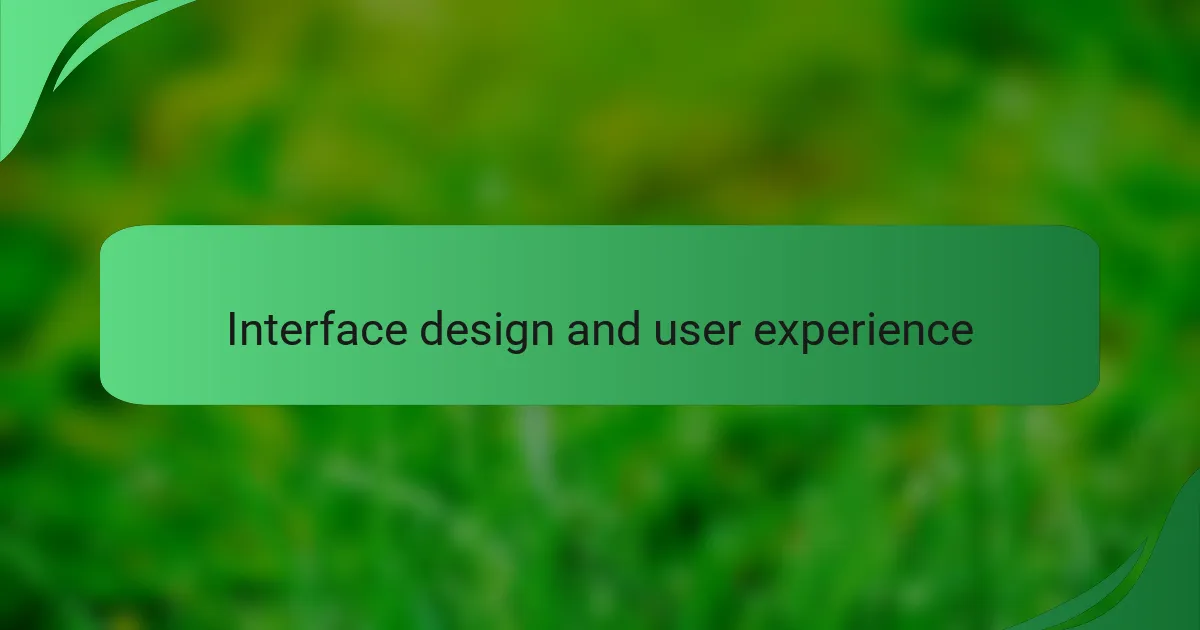
Interface design and user experience
When it comes to interface design and user experience, every millisecond counts. I’ve seen firsthand how a faster site can elevate user engagement and satisfaction. An optimized site speed on Wix not only fosters a more seamless browsing experience but also enhances the overall aesthetic appeal of the interface, allowing users to interact intuitively without frustration.
From my experience, users tend to leave a site if it takes too long to load. It’s disheartening to invest time in creating beautiful designs only to lose potential visitors due to slow speeds. I always emphasize how vital it is to strike a balance between aesthetics and performance for the best user experience.
Here’s a quick comparison of key aspects of interface design influenced by site speed:
| Aspect | Impact of Site Speed |
|---|---|
| Loading Time | Faster loading times reduce bounce rates and keep users engaged longer. |
| Navigation Fluidity | Improved speed allows for smoother interactions, making navigation feel effortless. |
| User Satisfaction | Quick-loading pages lead to higher satisfaction and potentially better conversions. |
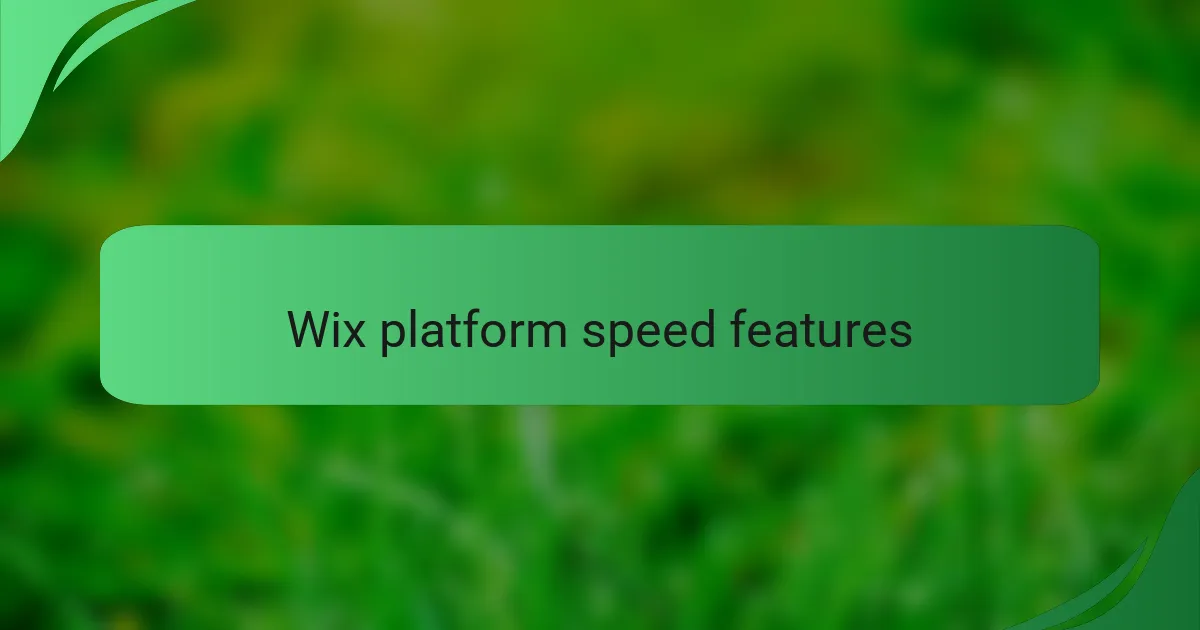
Wix platform speed features
The Wix platform comes packed with several features that empower users to optimize site speed effectively. One of my favorite aspects is the incorporation of intelligent caching. This feature stores a version of your web pages, so they load faster for returning visitors. I remember the moment I enabled caching on my site, and I could practically see the difference in loading times—it was like flipping a switch.
Wix also offers tools to manage image sizes easily, which is crucial since large images were previously a major issue on my site. Their media library helps you compress images without sacrificing quality, and I can attest that this small step led to tremendous improvements in load times. Have you ever tried resizing an image only to find it still looks good? That’s the magic of Wix’s optimized media handling.
Another feature worth mentioning is Wix’s ability to streamline apps and widgets. Initially, I was drawn to adding multiple functionalities, but I quickly realized that too many could slow my site down. By selectively choosing which apps to keep, I not only enhanced performance but also created a cleaner, more user-friendly interface. This strategy transformed my site from clunky to efficient, and honestly, it felt great to witness the positive impact on user engagement.
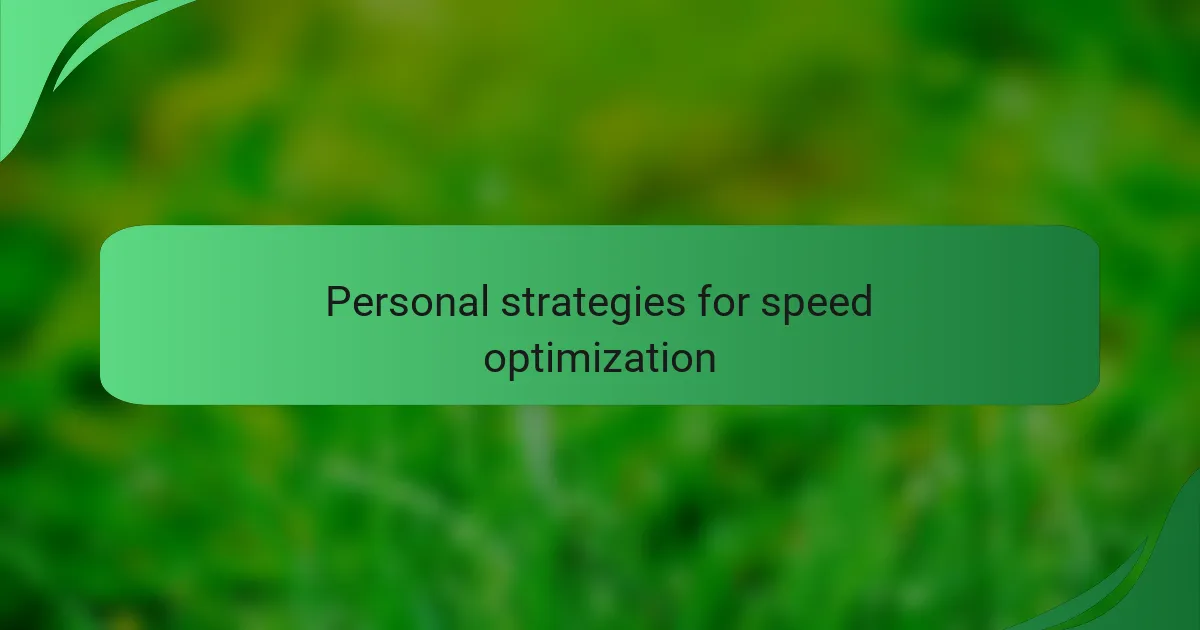
Personal strategies for speed optimization
When it comes to optimizing site speed on Wix, I have found that the little details truly make a big difference. For instance, I used to overlook image sizes, but once I started compressing them, my page load times dramatically improved. It’s a simple yet powerful step that not only enhances performance but also keeps visitors engaged, which is crucial in today’s fast-paced web environment.
Another strategy I found effective is minimizing the use of animations and heavy scripts. While it can be tempting to create a visually appealing site with lots of motion, I learned the hard way that too many can overwhelm both the user experience and loading times. With a few tweaks — choosing simpler designs and focusing on essential visual elements — I’ve created a faster and cleaner interface that resonates more with users.
Here are some practical strategies I’ve adopted for speed optimization:
- Compress images before uploading them to make them lighter.
- Limit the number of animations and interactive elements.
- Use Wix’s built-in SEO tools to streamline loading processes.
- Regularly review and remove any unnecessary apps or plugins.
- Leverage lazy loading for images and videos to improve perceived speed.
- Optimize your content layout to avoid clutter and enhance focus.
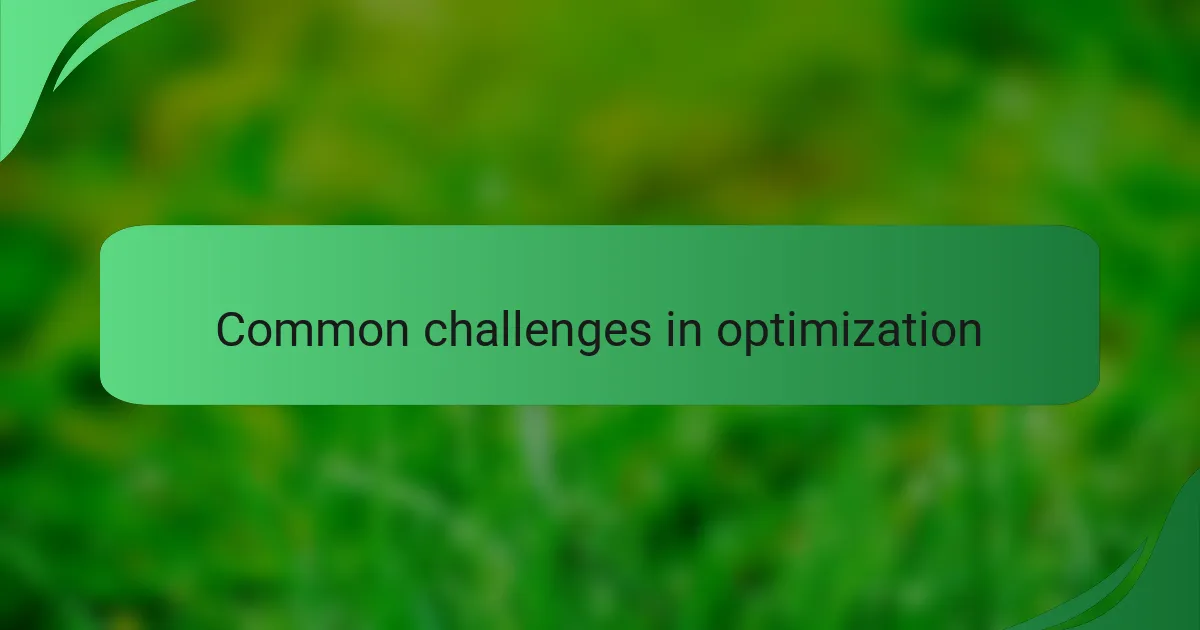
Common challenges in optimization
It’s interesting to note how common challenges can arise when optimizing site speed, especially on right platforms like Wix. For me, one of the biggest hurdles was managing the balance between aesthetic design and performance. I had a beautifully crafted site, but it was frustrating to see how certain graphical elements slowed down loading times. Have you ever experienced that dilemma of choosing between visuals and speed? It’s a tough choice, but I found that prioritizing functionality sometimes yielded better results for user experience.
Another challenge I faced was the overwhelming number of apps available on Wix. Initially, I wanted to incorporate everything to enhance my site’s features, but this quickly became counterproductive. I learned the hard way that excessive apps can contribute to lag, which is the last thing I wanted. A simpler approach ended up giving me more control over my site’s speed and performance—it’s amazing how less can truly be more. What about you, have you ever been tempted to go all out with features, only to find it slowing you down?
Lastly, understanding caching was a critical moment in my optimization journey. Initially, I didn’t fully grasp how it worked, so I missed out on significant speed improvements. Once I enabled caching, the difference was night and day! It made me realize how crucial it is to dive into the technical aspects of optimization, even if it sometimes feels daunting. Have you taken the time to understand the backend features of your site? It could be a game-changer.
